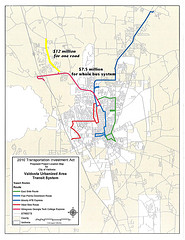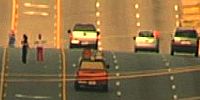Thanks to Jason Davenport for sending a current draft of the ULDC text amendments for this evening’s Public Hearing at the Lowndes County Commission at 5:30 PM.
They are on the LAKE website in Word and PDF formats.
I’m not sure how the public is supposed to comment intelligently on these changes with about two hours to look at them, if they happen to look when I post this. The county has not posted any drafts of these text amendments.
![[Pines and pecans no longer protected: ULDC Text Amendments @ LCC 2024-11-12]](http://www.l-a-k-e.org/govt/loco/2024-11-12--lcc-uldc-text-amendments/many.jpg)
Pines and pecans no longer protected: ULDC Text Amendments @ LCC 2024-11-12
The big change is:
5. Replace 4.07.07 (D) with:
4.07.07(D) All pine and pecan trees, even those over 24 inches dbh, are not considered protected trees.
Everyone understands that trees falling in Hurricane Helene (and Debby and Idalia) were a big problem.
But this seems like throwing the baby out with the bathwater. Continue reading




